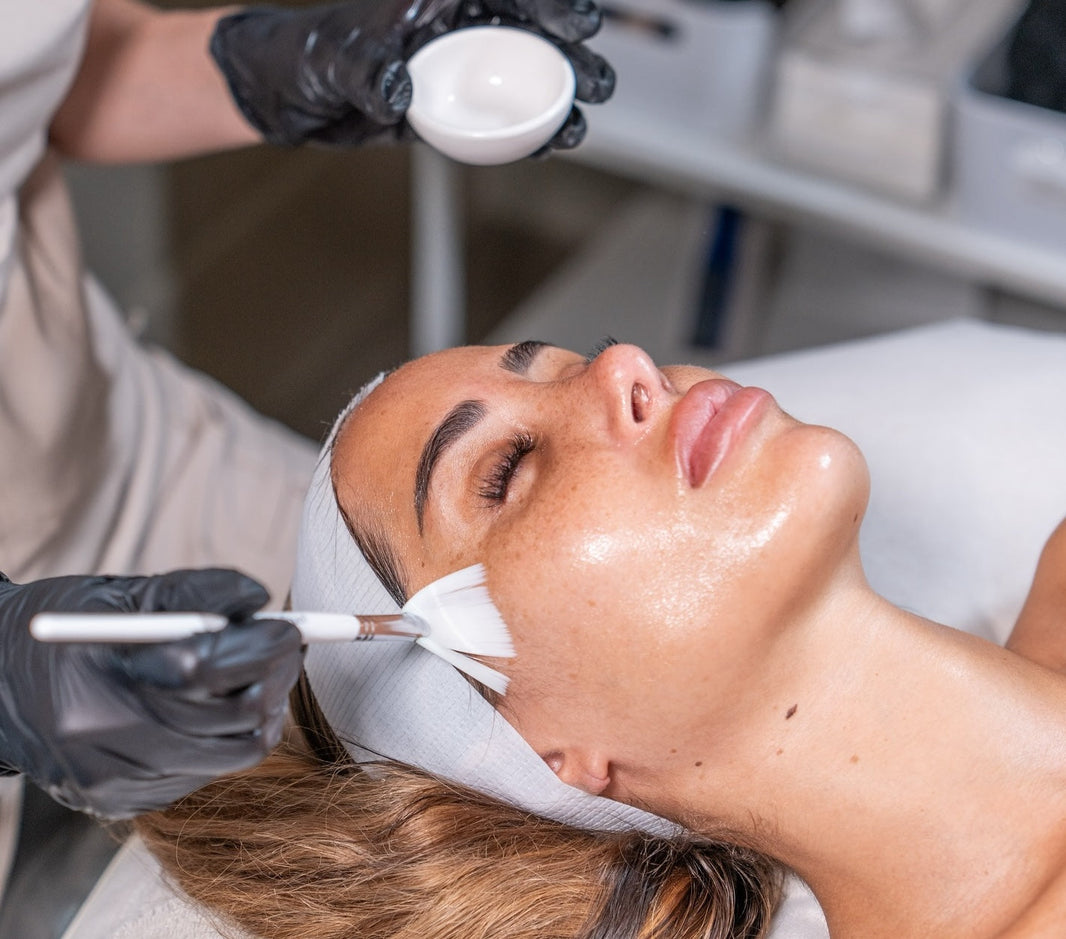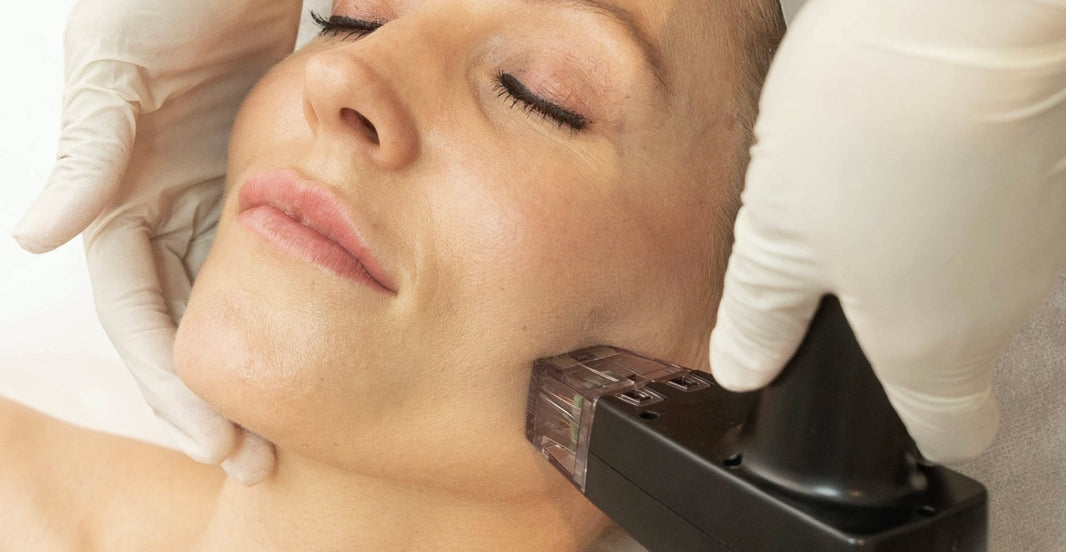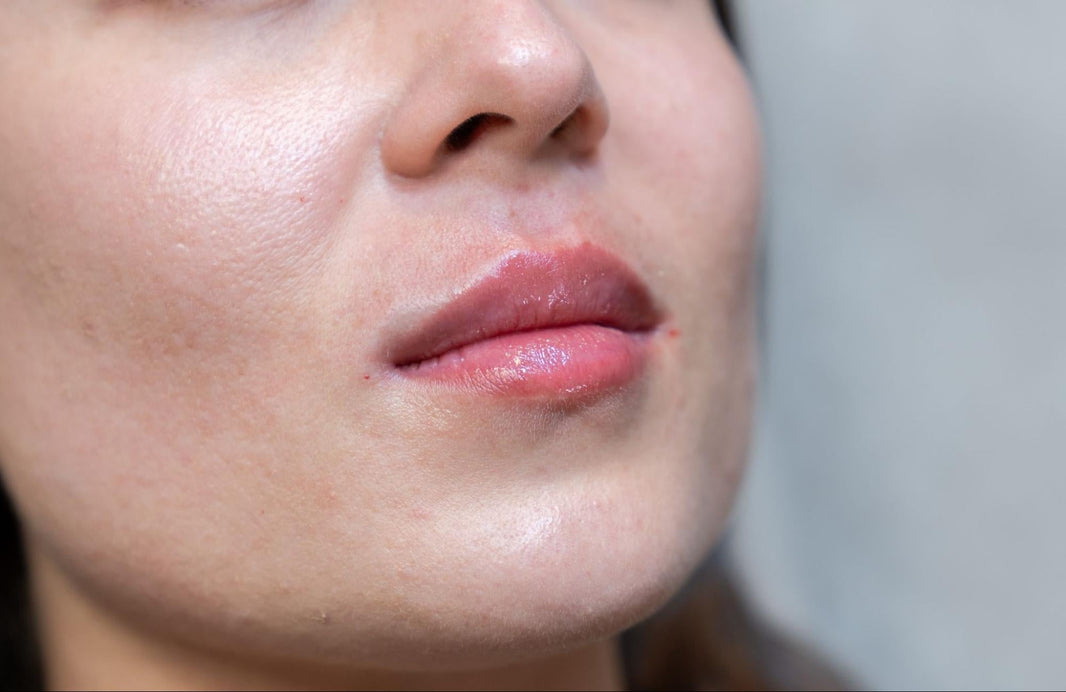Gynecomastia is a condition where men develop enlarged breast tissue. It happens when there’s an imbalance between testosterone and estrogen, the hormones that control male and female traits. It can affect one or both sides of the chest and is common during certain life stages, such as puberty or later in adulthood.
Understanding gynecomastia is important because, while it’s not usually a serious medical issue, it can cause discomfort or make some people feel self-conscious. Many assume it’s only caused by weight gain, but that’s not always the case. Hormonal changes, certain medications, and underlying health conditions can all play a role.
There’s also a common misconception that gynecomastia is permanent or that surgery is the only solution. In many cases, it improves on its own or can be managed with simple lifestyle changes.
What Is Gynecomastia
Gynecomastia imbalance can cause the breast glands to grow, leading to swelling or a firmer feeling in the chest. It can affect one or both sides and sometimes develops unevenly.
Gynecomastia condition isn’t the same as having extra fat in the chest. Some men develop a fuller chest due to weight gain, but that’s called pseudogynecomastia. Gynecomastia specifically involves glandular tissue growth, not just fat.
It’s common at different stages of life. Newborns can have it due to their mother’s hormones, teenagers may experience it during puberty, and older men can develop it as hormone levels naturally change with age. In many cases, it goes away on its own, but sometimes treatment is needed.
Causes of Gynecomastia
Hormonal Imbalance
Hormones control many processes in the body, including breast tissue growth. Men naturally produce both testosterone and oestrogen, but testosterone is usually higher. If this balance shifts—either due to a drop in testosterone or a rise in oestrogen—gynecomastia can occur.
This can happen at different stages of life:
-
Newborns – Some baby boys are born with temporary gynecomastia due to their mother’s hormones. It usually disappears within a few weeks.
-
Puberty – Hormone levels fluctuate, and some boys develop temporary breast tissue growth. This often goes away within a few months to two years.
-
Older age – As men age, testosterone levels naturally decline, which can lead to breast tissue growth, especially if there’s weight gain or other health conditions involved.
Medications That Can Cause Gynecomastia
Some medications affect hormone levels and may trigger gynecomastia. These include:
-
Hormone treatments – such as those used for prostate conditions
-
Anabolic steroids – often used for muscle growth or performance enhancement
-
Certain antidepressants and anti-anxiety medications
-
Heart medications – including some used for blood pressure and heart failure
-
Ulcer and acid reflux medications
-
Cancer treatments – including chemotherapy drugs
If a medication is suspected to be the cause, a doctor may suggest an alternative or adjust the dosage.
Substance Use and Lifestyle Factors
Some substances can interfere with hormone levels, increasing the risk of gynecomastia. These include:
-
Alcohol – excessive drinking can affect liver function, which plays a role in hormone regulation
-
Anabolic steroids – used to build muscle but often linked to hormone imbalances
-
Marijuana – studies suggest it may disrupt testosterone levels
-
Opioids – long-term use can affect hormone production
Being overweight can also contribute, as fat tissue produces oestrogen. In some cases, losing weight and maintaining a healthy lifestyle can help reduce symptoms.
Underlying Health Conditions
Certain medical conditions can affect hormone balance and lead to gynecomastia, including:
-
Liver and kidney disease – the liver and kidneys help regulate hormones, so issues with these organs can cause imbalances
-
Thyroid disorders – an overactive thyroid (hyperthyroidism) increases oestrogen levels
-
Tumours – some tumours in hormone-producing glands can alter testosterone and oestrogen levels
Symptoms and Diagnosis of Gynecomastia
Common Signs
Gynecomastia usually affects one or both sides of the chest. The main symptoms include:
-
Swelling or enlargement of breast tissue
-
Tenderness or discomfort
-
Increased sensitivity, especially when clothing rubs against the chest
In most cases, the condition is painless, but some people may experience mild soreness.
When to See a Doctor
Gynecomastia is usually not a serious health issue, but certain symptoms may need medical attention. See a doctor if you notice:
-
A firm or hard lump in the chest
-
Pain that doesn’t go away or gets worse
-
Nipple discharge from one or both breasts
-
Changes in the skin around the chest, such as dimpling or redness
These symptoms could be linked to other conditions, so it’s best to get them checked.
Medical Evaluation and Tests
To diagnose gynecomastia, a doctor will:
-
Ask about symptoms, medical history, and any medications being taken
-
Perform a physical exam to check for breast tissue growth and any unusual lumps
If needed, further tests may be done, such as:
-
Blood tests – to check hormone levels
-
Imaging tests – like ultrasound or a mammogram to rule out other conditions
Treatment Options for Gynecomastia
The right treatment for gynecomastia depends on the cause, how long it has been present, and whether it’s causing discomfort. In many cases, no medical treatment is needed, but if symptoms persist, there are options available.
Observation and Lifestyle Changes
For many people, gynecomastia improves on its own, especially if it’s related to puberty or temporary hormone changes. In these cases, doctors often recommend monitoring the condition rather than starting treatment right away.
Making certain lifestyle changes may also help, such as:
-
Maintaining a healthy weight – Excess fat can increase oestrogen levels, so weight loss may help reduce symptoms.
-
Avoiding substances that affect hormones – Limiting alcohol, anabolic steroids, and certain drugs like marijuana can help prevent further hormone imbalances.
-
Reviewing medications – If a prescribed medication is contributing to gynecomastia, a doctor may suggest an alternative.
Medications
If gynecomastia is persistent or causing discomfort, medication may be an option. Some drugs help balance hormone levels and reduce breast tissue growth. These may include:
-
Hormone therapy – Certain medications can block or adjust hormone levels to prevent further tissue growth.
-
Selective oestrogen receptor modulators (SERMs) – These drugs, sometimes used for other conditions like breast cancer, can help reduce the size of the breast tissue.
Medication is usually only considered if symptoms don’t improve on their own and are causing significant discomfort.
Surgical Procedures
If gynecomastia is severe, long-lasting, or causing distress, surgery may be an option. There are two main types of procedures:
-
Liposuction – Removes excess fat but doesn’t affect glandular breast tissue.
-
Mastectomy – Removes breast gland tissue through small incisions, often resulting in a quicker recovery.
Surgery is usually only recommended when other treatments haven’t worked or when gynecomastia is causing physical or emotional discomfort.
Healing Time and Recovery of Gynecomastia
The time it takes to recover from gynecomastia depends on the treatment method. Some cases improve on their own, while others may require medication or surgery. Each approach has a different recovery process.
Expected Duration of Healing for Different Treatments
-
Natural resolution – If gynecomastia is caused by puberty or temporary hormone changes, it often improves within six months to two years without treatment.
-
Medications – If hormone therapy is used, noticeable changes may take a few months. The exact timeline varies depending on the drug and individual response.
-
Surgery – Recovery from liposuction or mastectomy typically takes a few weeks, though full healing can take a few months. Swelling and mild discomfort may last for a short period after the procedure.
Post-Treatment Care and Lifestyle Adjustments
Regardless of the treatment, certain steps can help with healing and prevent gynecomastia from returning:
-
Maintaining a stable weight – A healthy diet and regular exercise can help balance hormone levels.
-
Avoiding substances that affect hormones – Reducing alcohol, steroids, and certain drugs like marijuana may help prevent future cases.
-
Following post-surgery care instructions – If surgery is performed, wearing compression garments, avoiding strenuous activities, and keeping the area clean can speed up recovery.
Potential Risks and Complications
Most cases of gynecomastia don’t cause long-term problems, but there are some risks to be aware of:
-
Medication side effects – Some hormone treatments can cause mood changes or other mild effects.
-
Surgical risks – As with any surgery, there is a small risk of infection, scarring, or uneven results.
-
Recurrence – If the underlying cause isn’t addressed, gynecomastia can return.
Related Articles
Cart
Don't miss out on the best deals!
Your cart may be empty now, but let us help you fill it up with amazing products.
- Choosing a selection results in a full page refresh.



 hristmas
hristmas



